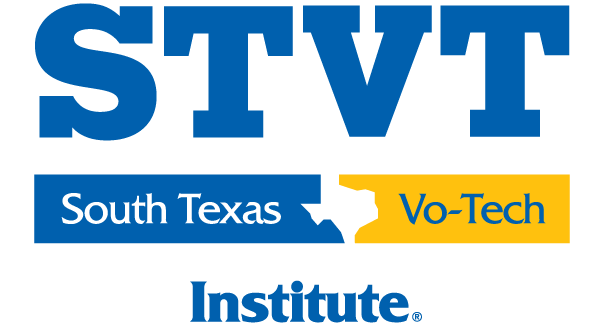Common Resume Formats
Landing your dream job often starts with a strong resume. It’s your chance to make a great first impression on a potential employer, highlighting your skills and experience. But with all the resume advice out there, you might be wondering: what format should I use?
This blog will break down the three common resume formats: chronological, functional, and combination. We’ll explore the pros and cons of each, so you can choose the format that best showcases your unique qualifications.
Common Resume Format
Before diving into the specifics, let’s talk about some general formatting tips that apply to all resume formats.
- Keep it clean and professional: Use a clear and easy-to-read font like Times New Roman or Arial. Opt for a simple layout with consistent margins and spacing.
- Proofread like a pro: Typos and grammatical errors can be a major turn-off for employers. Double and triple-check your resume for any mistakes before hitting submit.
- Tailor it to the job: Read the job description carefully and tailor your resume to highlight the skills and experience they’re looking for. Use keywords from the job description throughout your resume.
How to Format a Resume
Now, let’s get into the nitty-gritty of resume formats! Here’s a breakdown of the three most common options:
- Chronological Resume: This is the classic format, which lists your work experience in reverse chronological order, starting with your most recent job and working backwards. It’s a great choice if you have a clear and consistent work history with steady employment.
-
-
- Pros: Easy to read and understand, emphasizes relevant experience for recent jobs.
- Cons: May not be ideal for job seekers with gaps in employment or career changes.
-
- Functional Resume: This format focuses on your skills and accomplishments rather than your work history. It’s a good option if you’re changing careers or have a lot of experience that’s not directly related to the job you’re applying for.
-
-
- Pros: Highlights transferable skills and helps showcase your strengths regardless of job title.
- Cons: Can downplay work experience and may not be preferred by all employers.
-
- Combination Resume: This format combines elements of both chronological and functional resumes. It typically starts with a skills summary highlighting key qualifications, followed by a work history section listing your experience in reverse chronological order.
- Pros: Offers a balance of highlighting skills and relevant experience.
-
- Cons: Can be more difficult to write and format than the other two options.
Choosing the Right Format
So, which format should you choose? Here’s a quick guide:
- Chronological: Go with this format if you have a strong work history with relevant experience for the job you’re applying for.
- Functional: Choose this format if you’re changing careers or want to emphasize your transferable skills.
- Combination: This format can be a good option if you have a mix of relevant work experience and strong skills you want to showcase.
Remember, there’s no one-size-fits-all answer. The best format for you depends on your individual circumstances and career goals.
Want More Help Crafting Your Resume?
At South Texas Vocational Technology Institute (STVT), we understand the importance of a strong resume and cover letter in today’s job market. That’s why our Graduate Career Services office offers a variety of services to help students write and update professional resumes and cover letters. Our dedicated career coaches can provide personalized guidance and feedback to help make your resume stand out from the crowd. This is just one of the many services that come with enrollment into one of our career training programs.
Ready to take the next step in your career journey? Make an appointment to talk with an STVT admissions representative today so you can forge your own future.
Blog Disclaimer: Information within this blog is for general information purposes only. STVT does not assume or guarantee certification/licensures, specific job/career positions, income earning potential or salary expectations based on the programs offered at STVT. Career and program information statements in this blog do not guarantee that programs or other information mentioned are offered at STVT.



